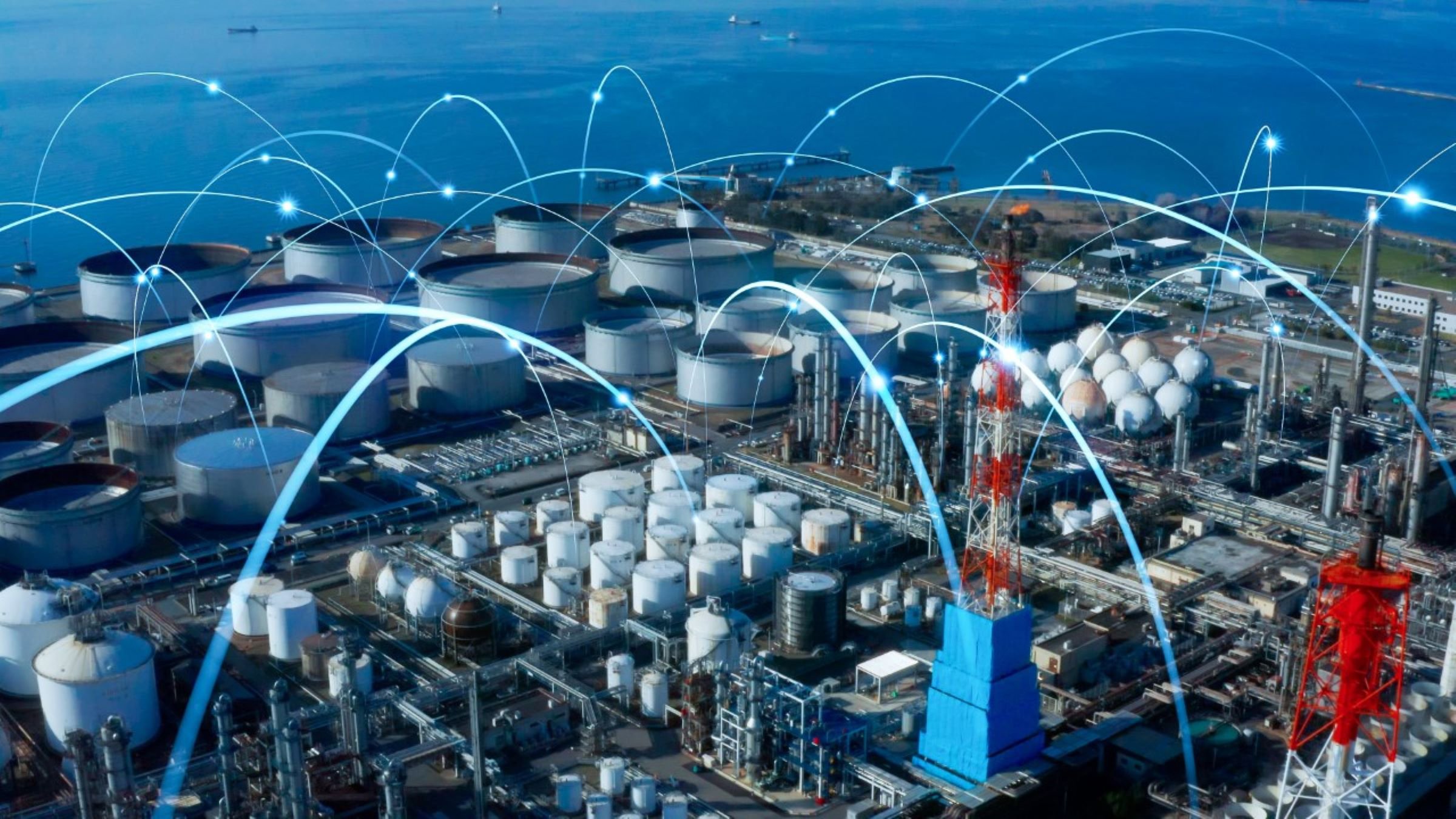Operational technology (OT) has become the backbone of many industries, driving critical processes and systems. OT systems are essential to business success, from efficiency and automation to real-time monitoring for efficiency to mitigating risks for maximum safety and security. Furthermore, as many key industries drive critical processes and systems, any disruptions or failures in OT systems can have far-reaching consequences beyond economic losses.
Against this backdrop, it’s crucial to safeguard organizations’ OT systems. According to McKinsey, cyberattacks on OT systems have been on the rise, and in 2023, 70% of ransomware incidents happened in the manufacturing sector. With targeted threats that focus on infiltrating and disrupting industrial control systems, having proper gatekeeping measures has become imperative.
Cybersecurity risks in OT / ICS
Technology has significantly improved the industrial operations and critical infrastructure sector. However, the same technology that has benefited organizations also contributes to the cybersecurity risks that these organizations face. For example, while connectivity improves efficiency, it creates new avenues for cyber attackers to infiltrate OT or industrial control system (ICS) environments. At the same time, OT professionals need to manage day to day operational reliability and efficiency needs against lower likelihood, but severely impactful cyber attacks.
In cybersecurity, OT environments pose unique challengescompared to traditional enterprise IT environments. Unlike the IT industry, where software and hardware are frequently updated to address security strategies, the OT sector is often untouched. This is often attributed to resourcing challenges, complexities in change management, or to maintain plant availability. Over time, OT devices and operating systems become outdated, making them difficult to maintain as they lack the required patches for security updates, causing security loopholes in the organization’s critical infrastructure.
Globally, industrial organizations have been slow to recognize the importance of developing and using cybersecurity programs specific to OT. However, nearly 60% of attackers coming from nation state affiliate groups, with politically or financially driven motives. This means that critical infrastructures, such as energy, critical manufacturing, or water, become their main target since they will be the theatre of future wars, having the most potential to cause the greatest impact against an adversary.
Enhancing critical infrastructure resilience
With the growing number of cybersecurity breaches, protecting critical infrastructure should be the first step for any organization. Take a defense-in-depth approach by deploying a multi-layered security approach on multiple fronts. Organizations should look into taking on a combination of advanced security tools to protect their endpoints, data, applications and networks. It is important to ensure that every endpoint is protected, whether it is on the IT or OT side of the organization’s infrastructure. At the very least, industrial organizations should prioritize and take existing cybersecurity measures seriously instead of keeping it as an afterthought.
To further strengthen and mitigate cybersecurity attacks across the organization, consider deploying a zero-trust architecture. Run a risk and vulnerability assessment to identify the gaps within the IT and OT infrastructure to pinpoint the most vulnerable areas within the ecosystem, then identify and implement the cybersecurity tools that are most suitable to the use-cases required. It is important to note that a zero-trust model is not a one-size-fits-all and can look different for every organization. This is why having a trusted partner who understands your business is crucial when taking a zero-trust approach.
Most importantly, adopting a zero-trust model could mean embracing a mindset shift for organizations. This can be a tedious step to take, but for a truly successful shift, cooperation across the organization is necessary. From cybersecurity controls like network segmentation, multi-factor authentication (MFA), frequent asset inventories, or OT patching, having an added level of security safeguards organizations’ most precious assets and critical infrastructure.



